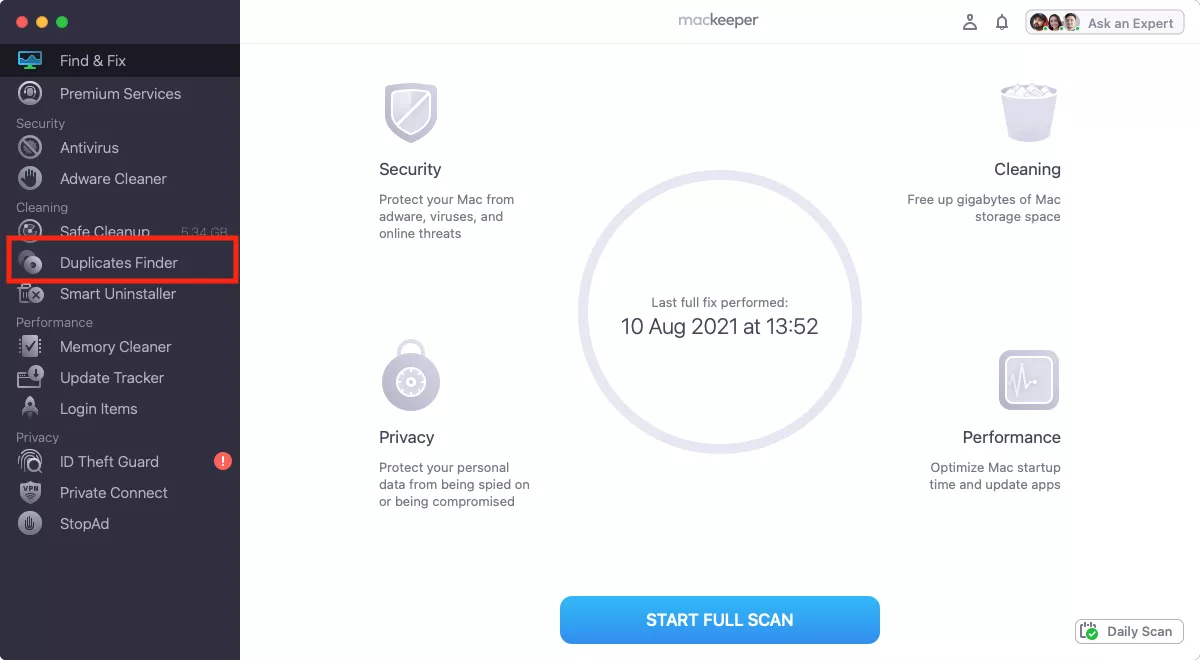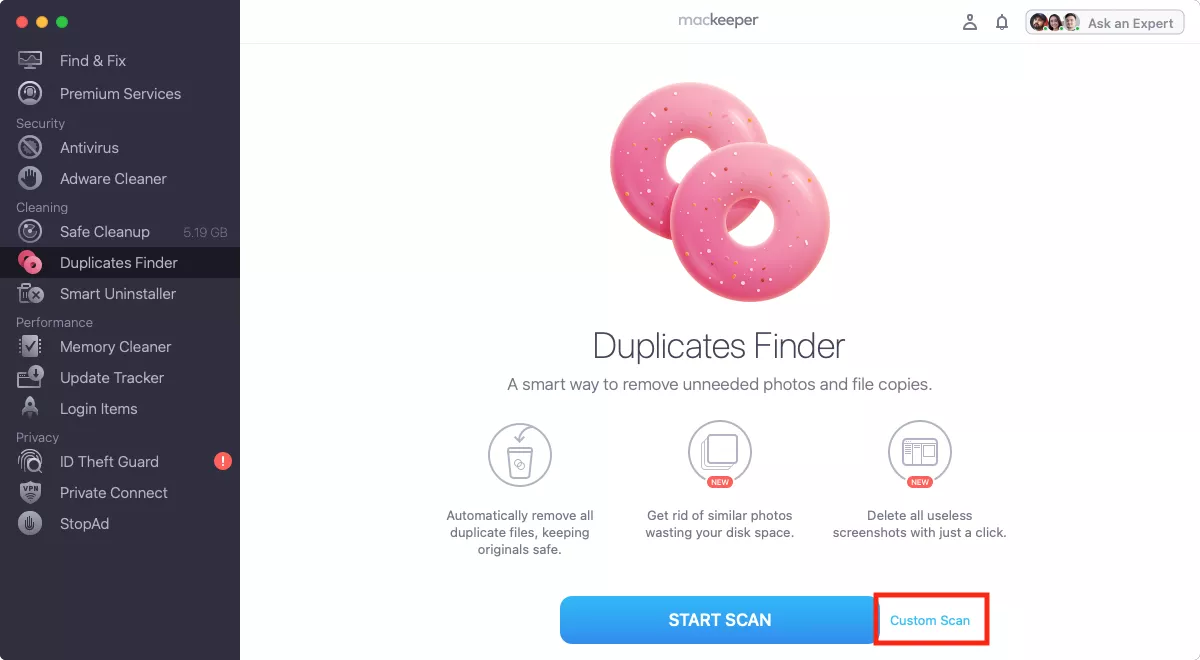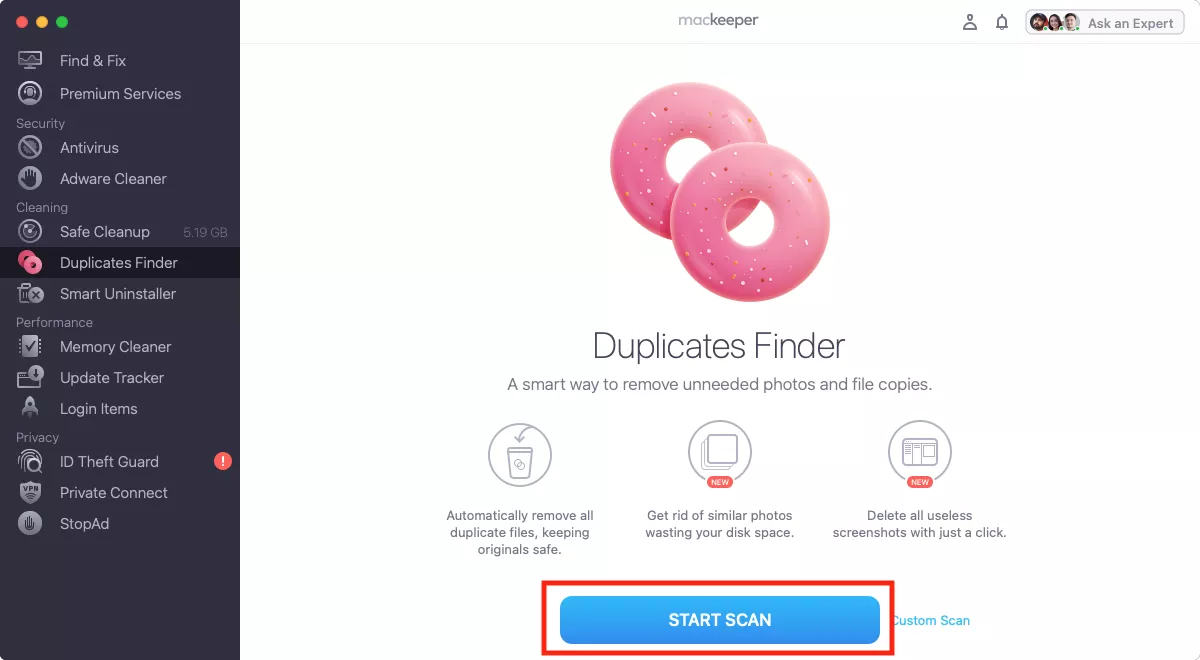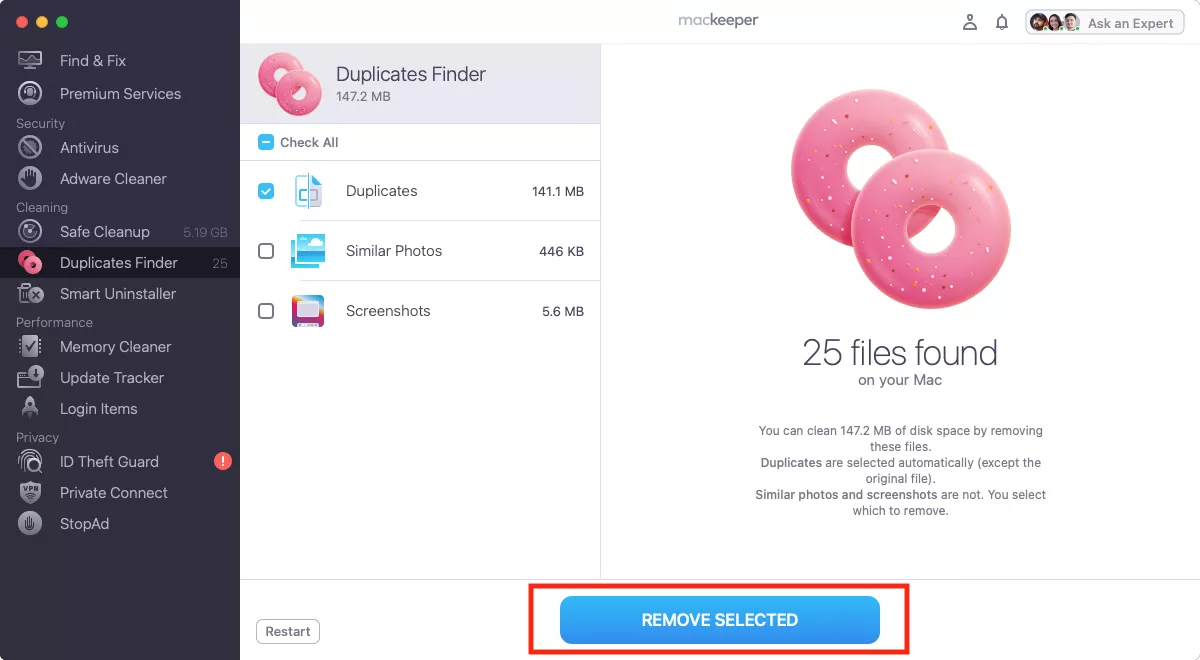best mac desktop for video editing
As with other creative pastimes, video editing is great on Macs. They have fast processors, capable of encoding video files quickly, and they're stylish well-built machines. If you buy an iMac or a MacBook, you also get a fantastic, high-resolution screen, which will be perfect for editing and playing video content.
Just how much computing power you'll need largely depends on what kind of video editing you plan to do. As soon as you start adding special effects, animations and 3D content, your requirements will quickly grow. There's a reason professional video editors often use high-end Mac Pros.
But not everyone needs that much raw power. So here, we'll recommend a range of Mac models, suitable for varying levels of expertise and budgets.
Before we start
Many apps, including video editing apps, fill up caches on your Mac. These should automatically be deleted when not in use, but if they aren't you can get MacKeeper to do it for you.
- In MacKeeper, select Safe Cleanup
- Click Start scan
- When the scan is finished, select what you want to remove
- Click Clean junk files
Just download MacKeeper and never worry about problems like this ever again. You can try it for free right now, with one free, fully functional fix.
To sum it up, here's the list of the best Macs for video editing in our review:
- Mac Pro – best for high-end performance
- 24-inch iMac – best all-in-one desktop
- MacBook Air – best for video editing on the move
- Mac mini – best for video editing on a budget
Recommended system requirements
When choosing the best Mac for video editing, you need to work out what projects you're planning to work on. You should consider the type of footage, complexity of the job, output formats, as well as whether you'll be editing online or offline. That last aspect is especially important, because offline editing requires more storage space and time to complete edits, although it's easier to access the files.
To edit videos comfortably on a Mac, you'll need at least 4GB of RAM. For heavier tasks, such as 4K editing, working with 3D, and 360° video editing, 8GB is the required minimum. Other demands include an up-to-date macOS, as well as decent graphics capability – either an Apple M1 chip or Intel HD Graphics 3000 or later. As the majority of editing programs support GPU rendering, CPU has become less important than it used to be.
Most of all, your storage needs will depend on the size of source footage you expect to work with. In general, your Mac will require three to four times the size of the source footage for your project.
The best Macs for video editing
These are the best Mac for video editing.
Mac Pro – best for high-end performance
As you've probably guessed already, the Mac Pro is the ultimate Apple device for video editing and, probably, any other purpose. Starting at $5,499 for the most basic configuration, it's a major investment. For an upgraded version that includes all of the most powerful, high-tech components, you could end up paying over $50,000. That may seem shocking, but it's not actually that different from what a PC manufacturer would charge for a computer of a similar ability.
The Mac Pro offers the most in terms of every single specification — CPU, RAM, graphics, storage, you name it. The base model provides an eight-core Intel Xeon 3.5GHz processor with 32GB RAM, 256BG SSD and Radeon Pro 580X graphics card. This configuration has almost a limitless upgrade potential. However, a 12-core processor and 96GB of RAM seem optimal for video editing needs.
The Mac Pro comes without a screen, which needs to be purchased separately. There's little point in buying Apple's own display, which is available at a price similar to that of an iMac Pro. You can get a cheaper model with almost identical benefits, such as a Dell Ultrasharp U3219Q.
| Mac Pro specs |
| Processor Basic: 3.5Hz eight-core Intel Xeon W, 16 threads Configurable to: 2.5GHz 28-core Intel Xeon W, 56 threads |
| Graphics Basic: AMD Radeon Pro 580X with 8GB of GDDR5 memory Configurable to: AMD Radeon Pro WX6800X Duo with 64GB of GDDR6 memory |
| RAM Basic: 32GB Configurable to: 1.5TB |
| Display To be purchased separately Recommended: at least 5120x2880 px resolution |
| Storage Basic: 256GB SSD Configurable to: 8TB SSD |
24-inch iMac – best all-in-one desktop
Although the Intel-based iMac Pro is also a great Mac for video editing, we think if you're going to buy an iMac, you should get the new M1 iMac. Its display is smaller, at 24 inches, compared to the iMac Pro's 27 inches, but it's still a great size. And its 4.5K Retina resolution is ideal for video editing.
The big difference, of course, is the inclusion of Apple's own M1 processor design. These chips are extremely fast and power efficient. In some tests, M1 processors actually beat the expensive Intel Xeon chips found in Mac Pros and iMac Pros.
The M1 processor makes the new iMac a great option for video editing. It'll get through everyday video tasks easily, even though both the RAM and GPU are built into the processor. Unless you're working with 8K or 3D content, this iMac will be great for video editing – and it's much, much cheaper than the iMac Pro and Mac Pro.
Either the 8GB or 16GB version will be fine, but do think carefully about storage. If you don't want to use external drives, then the 256GB SSD in the base model may not be enough for big video projects.
| 24-inch iMac (2021) specs |
| CPU Apple M1 Chip |
| GPU Seven-core integrated GPU or eight-core integrated GPU |
| RAM 8GB unified memory Configurable to: 16GB |
| SSD Basic: 256GB Configurable to: 2TB |
| Display 24-inch IPS display with 4480x2520 resolution |
| Ports Two Thunderbolt 3 3.5mm headphone jack |
MacBook Air – best for video editing on the move
If display size is the most important factor to you, then the Intel-based 16-inch MacBook is still a great option for mobile video editing. But if you want a light but powerful machine you can take on the road, the new M1-based MacBook Air is the way to go.
Starting from $999, it's a 13-inch laptop, with a choice of different M1 chip versions – one with a seven-core GPU and one with an eight-core GPU. In either case, it'll handle most video editing tasks easily, and videos will look great on the 2560x1600 display.
As with other M1 Macs, you can choose either 8GB or 16GB of unified RAM. And you can choose SSD storage from 256GB up to 2TB, but the price quickly increases as you opt for more space.
Weighing in at 2.8lbs (1.29kg) and with a thickness of less than an inch, the MacBook Air is perfect for video editing on the go – as is the long battery life. The only real drawback is the lack of connectivity. You get just two USB-C Thunderbolt ports.
| 13-inch MacBook Air (2020) specs |
| CPU Apple M1 Chip |
| GPU Seven-core integrated GPU or eight-core integrated GPU |
| RAM 8GB unified memory Configurable to: 16GB |
| Storage Basic: 256GB Configurable to: 2TB |
| Display 13.3-inch IPS display with 2560x1600 resolution |
| Battery life Up to 15 hours using wireless web. Up to 18 hours watching movies. |
| Ports Two Thunderbolt 3 3.5mm headphone jack |
| Weight 2.8lbs (1.29kg) |
Mac mini – best for video editing on a budget
This is the cheapest device produced by Apple that can be used for video editing, being only $699 for the basic model. With this option you get a surprisingly good specification: Apple's M1 chip with eight-core GPU, 8GB of RAM and a 265GB SSD.
Again, you can pay extra to get more RAM and storage, but even the base model is good for everyday video editing.
Like the Mac Pro, the Mac mini doesn't have its own display, so you'll have to buy one for yourself. It supports up to two monitors at once – one with a resolution of up to 6K and another up to 4K. One of these will connect to one of the two Thunderbolt ports, while the other will need to hook up to the Mac mini's single HDMI port. That's perfect for video editing.
Unlike some new Macs, the new Mac mini also has full-size USB ports. Two of them, to be precise. That's handy if you have a lot of older peripherals and don't want to use an adaptor.
For such a well-priced machine, it's a great Mac for video editing.
| Mac mini (2020, M1 version) specs |
| CPU Apple M1 Chip |
| GPU Eight-core integrated GPU |
| RAM 8GB unified memory Configurable to: 16GB |
| SSD Basic: 256GB Configurable to: 2TB |
| Ports Two Thunderbolt 3 Two USB-A Gigabit Ethernet HDMI 2.0 |
How to optimize your Mac for video editing
When you're working on multiple projects, it's easy to end up with a lot of duplicate files (like photos), spread over different folders on your Mac. That's a huge waste of disk space, and it can even end up slowing your Mac down. Thankfully, you can find and remove duplicate files with Mac's easy Duplicates Finder.
Here's how to use MacKeeper's Duplicates Finder:
1. In MacKeeper, select Duplicates Finder

2. If you want to scan certain folders, click Custom Scan

3. Otherwise, click Start scan

4. When the scan is finished, select the duplicates you want to remove, and click Remove selected

That's a wrap
When making a decision, think about the level of video editing you want to undertake. The choice will differ for amateurs and professionals that use specialized software on an everyday basis.
Mac Pros are very expensive, but if you're a busy professional video editor, it's going to be a good investment for your business. But if you're an amateur filmmaker or your projects aren't that demanding, then any of the M1 Macs will be fine. You just need to look at your budget and also decide when you want a desktop machine or laptop.
FAQ
How do you choose a Mac laptop for video editing?
To choose a Mac laptop for video editing, you have to look for the best specs on your budget. Ideally, your editing Mac should have a Retina display, M1 or Intel Core i9 processor, at least 32GB of RAM and 8GB of VRAM. However, if you plan to work with 4K or 8K material, make sure to configure the Mac to the highest specs.
How do you choose a processor for video editing?
To choose a processor for video editing, you have to focus on the resolution you work with and your GPU. A rule of thumb is: the higher the resolution, the more powerful a processor you need. At the same time, a low-end GPU might create a bottleneck, worsening video editing performance. Therefore, you have to seek a balance between the two.
Is GPU or CPU more important for video editing?
To understand whether GPU or CPU are more important for video editing, you have to focus on the task itself. Video editing is the process of retrieving, changing and storing data, which requires a lot of processing power. Since the CPU is your source of processing power, it's more important than the GPU for editing.
Read more:
- What's the Best Mac for Photographers in 2021?
- The Best Mac for Programming in 2021
- What's the Best Mac for Graphic Design in 2021?
- Which Mac is the Best for College in 2021?
best mac desktop for video editing
Source: https://mackeeper.com/blog/mac-for-video-editing/
Posted by: dominytellost.blogspot.com

0 Response to "best mac desktop for video editing"
Post a Comment